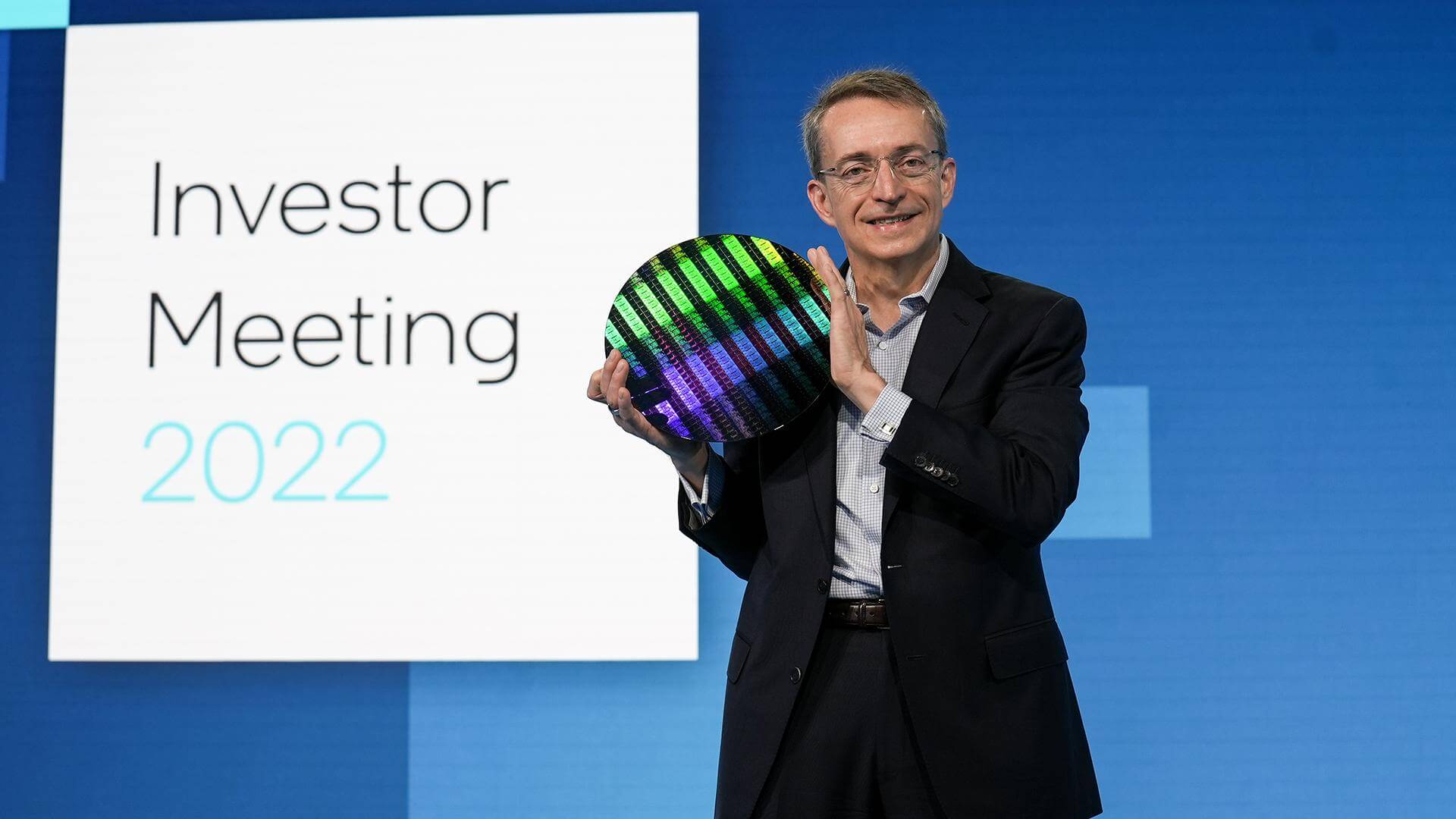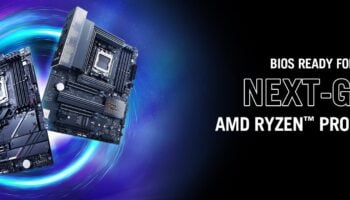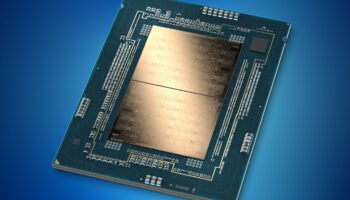Intel detailed its extended CPU roadmap at its Investor Day briefing a few days back. Going by the company’s plans, it expects to catch up with TSMC in 2024 and overtake it by 2026. Team Blue is set to launch its first chiplet based CPU architecture in the form of Meteor Lake in 2023 featuring the 4nm node, followed by Arrow Lake in 2024 with the 20A (2nm) node. These two families will feature the Redwood Cove/Crestmont and Lion Cove/Skymont core architectures, respectively.
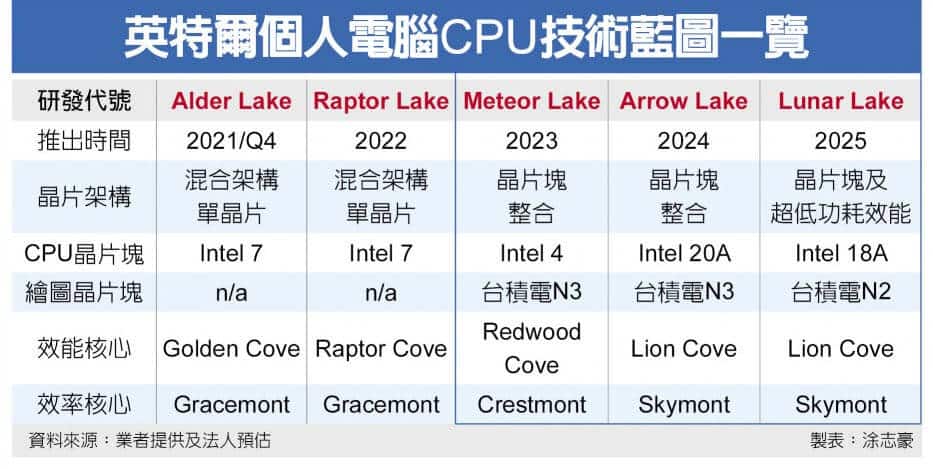
However, it’s worth noting that Intel will continue to leverage TSMC’s flagship processes for its ARC graphics cards as well as certain CPU tiles/chiplets. According to the chipmaker’s own roadmap, both Meteor Lake and Arrow Lake will use TSMC’s N3 process to manufacture its graphics die [speculation on the GD] in 2023 and 2024.
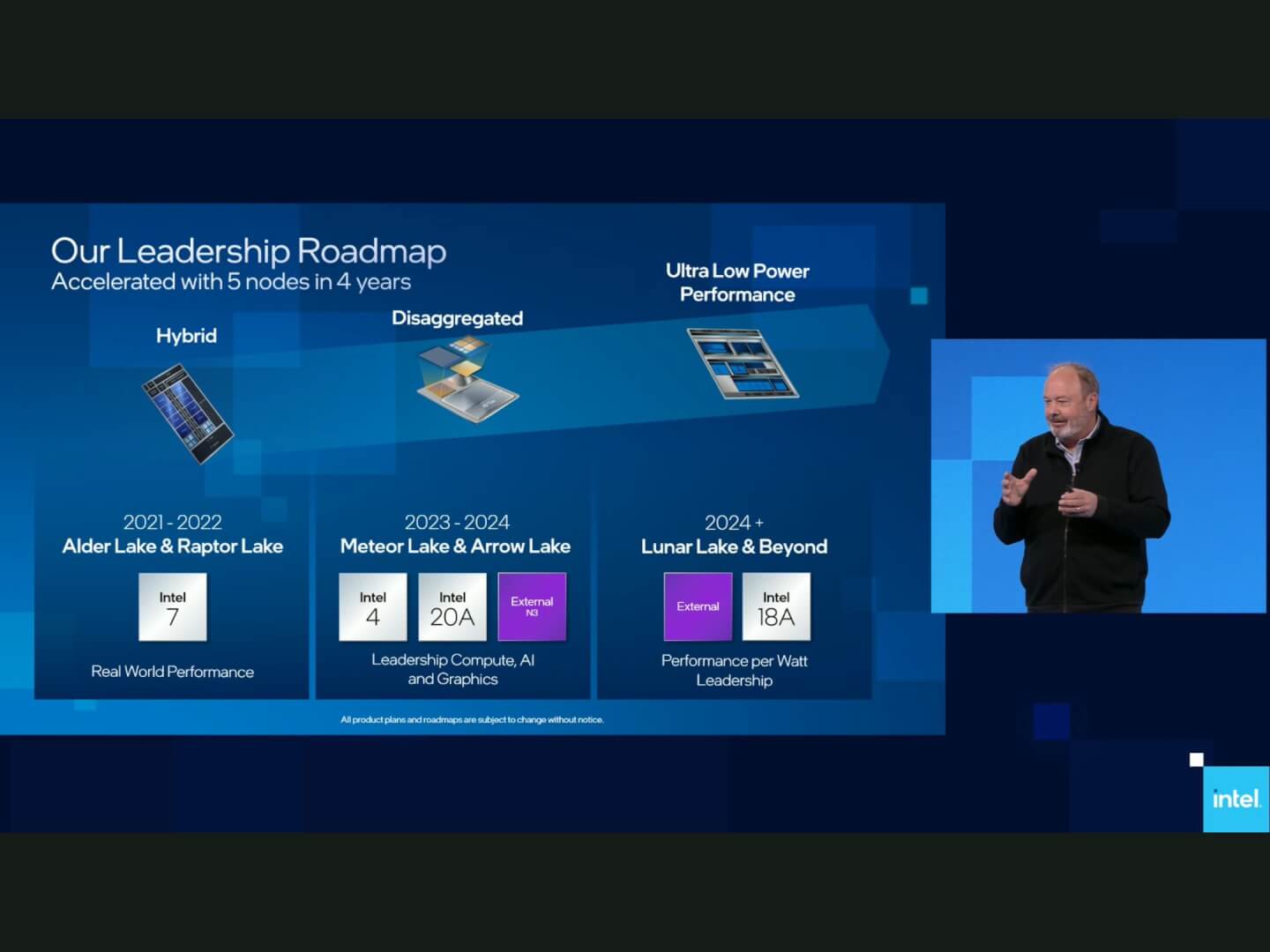
In 2024 and 2025, Lunar Lake and its successor will launch, promising leadership performance per watt using its 18A node (beating TSMC, and its 2nm process…in the process). Going by industry whispers, Lunar Lake will also leverage a graphics die fabbed on TSMC’s N2 (2nm) process.
With the PC becoming more important than ever, Intel expects its Client Computing Group (CCG) to be a primary contributor to Intel’s growth in the coming years. Team Blue expects global PC shipments to exceed 340 million units in 2021, a 27% increase from 2019. Intel expects this market to remain strong and grow further, particularly with replacement demand for a large installed base worldwide, as well as increased usage density and penetration.
